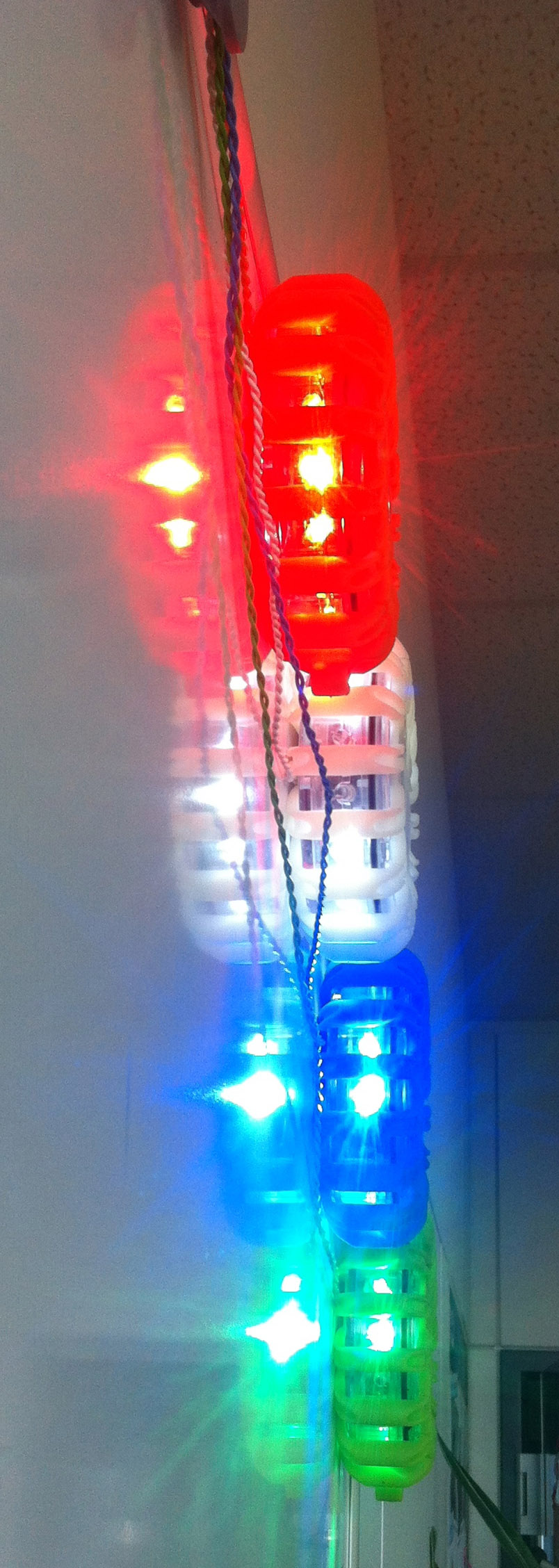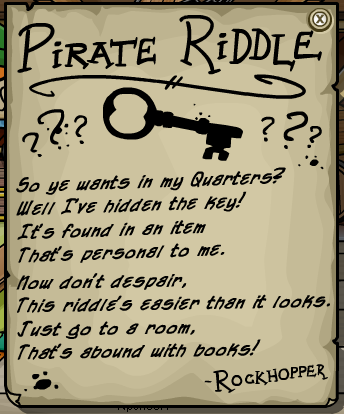Category: Blog
-
Beyond agile
In every evolution step has a start and an end. Sometimes they’re blurry, so you can’t say for sure, where you are at. In every step, sooner or later, arises the question: What’s next? What comes after agile? What ist the future of agile? This is today exactly my point.
-
The real value of integrated Tests (aka. Integration Tests)
A couple months ago, the team, I work on, introduced integration tests. Before that, we had only regular Unit tests, which ran in a very isolated environment. You do not have a control, how your modules behave when they interact in a real environment. You cannot test a lifecycle with persistence to be confident, because…
-
The two faces of Clean Code Development
Recently I reported about Clean Code Development. Everybody who’s visiting trainings, courses and sessions is amazed. It’s easy, most topics are obvious but not everyone is always aware of these topics. But when you look deeper constrained by the big picture there is as well a dark side.
-

Xtreme Feedback Device
All the developers I know, recieve a mass of Mail – JIRA updates, Commit-Mails, daily mails and sometimes a notification from your Build system about broken builds. This notification mails could easily be overseen. However overseeing or disregarding the notification about broken builds is very detrimental because the notification helps to prevent bugs and increase…
-
Unit-Testing of Web-Services with JUnit – REST Services
In my last post, Unit-Testing of Web-Services with JUnit – SOAP Services, I’ve demonstrated how you can test local SOAP Services with remoting in a local Unit-Test. But since SOAP service become more and more unpopular, there might be a different technique. Currently REST becomes the name of the game. So let’s take a look at…
-
Clean Code Development: Code Examples
I want to give you a better insight in Clean Code. Therefore i created a bunch of code lines with examples. These show you a set of good/bad (after/before) scenarios. You can find these at GitHub: https://github.com/mp911de/CCD
-
Reflections: 6 Years of Clean Code Development
Now it’s 6 years ago, since I started to apply Clean Code Development (CCD). For me it’s today way more than clean-code-developer.com. It became a system of values, based on best practices, principles and a set of pragmatism.
-
The moment where all of them are looking at you. Or: Epic Fail?
There are days or weeks, you feel, every day something is failing. Crashing systems, strange bugs, ghosts. For some reason you don’t know, why this happens, over and over. But you are the man in the middle. You’re the one, having all those dependencies. Then you have to fix it.
-
Unit-Testing of Web-Services with JUnit – SOAP Services
With modern Tooling it’s easy, to Mock a WebService – take your Service-Class, inject Mocks (for your dependencies) and tell the Mocks how to behave. The next usual Stage is Integration testing. That one can become hard, you have to rely on remote services. Once the remote service is down, you even can’t test the…
-

A pirate’s riddle
Can you tell me this pirate’s riddle solution? These pirates are used to live in the indian/pacific ocean. If you find the answer, post how long it took you, which tools you used and how many steps it were on Google plus.